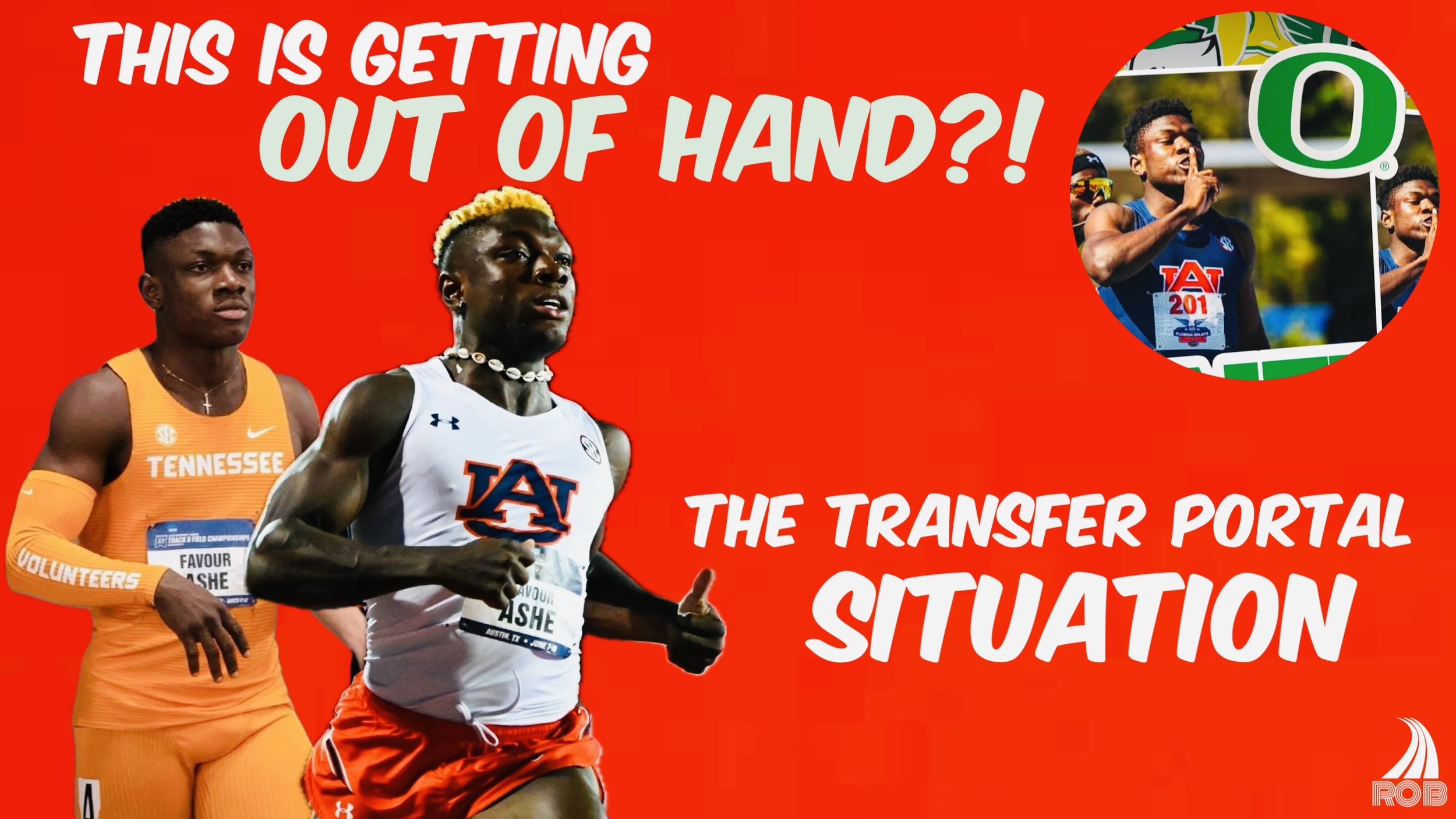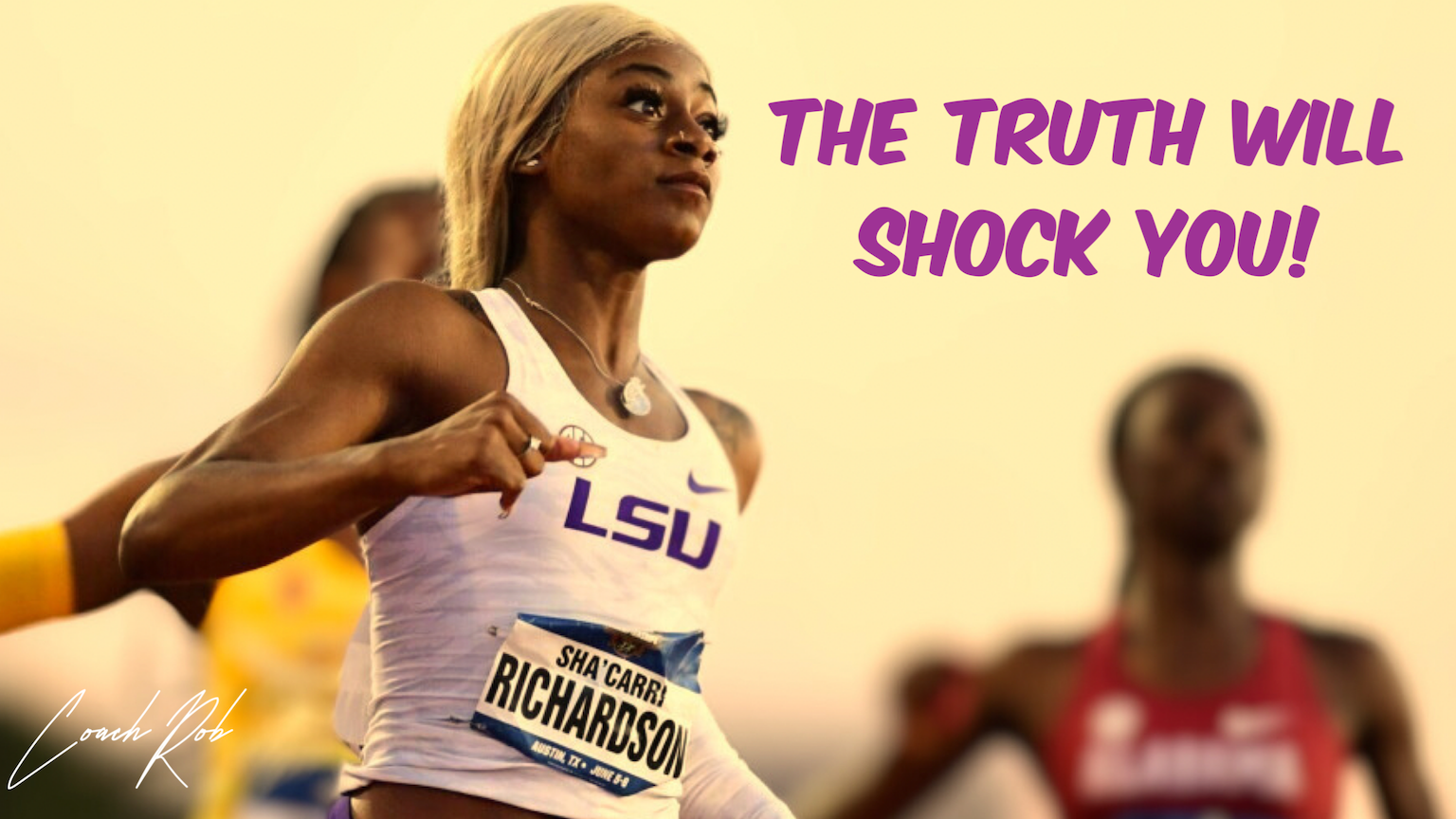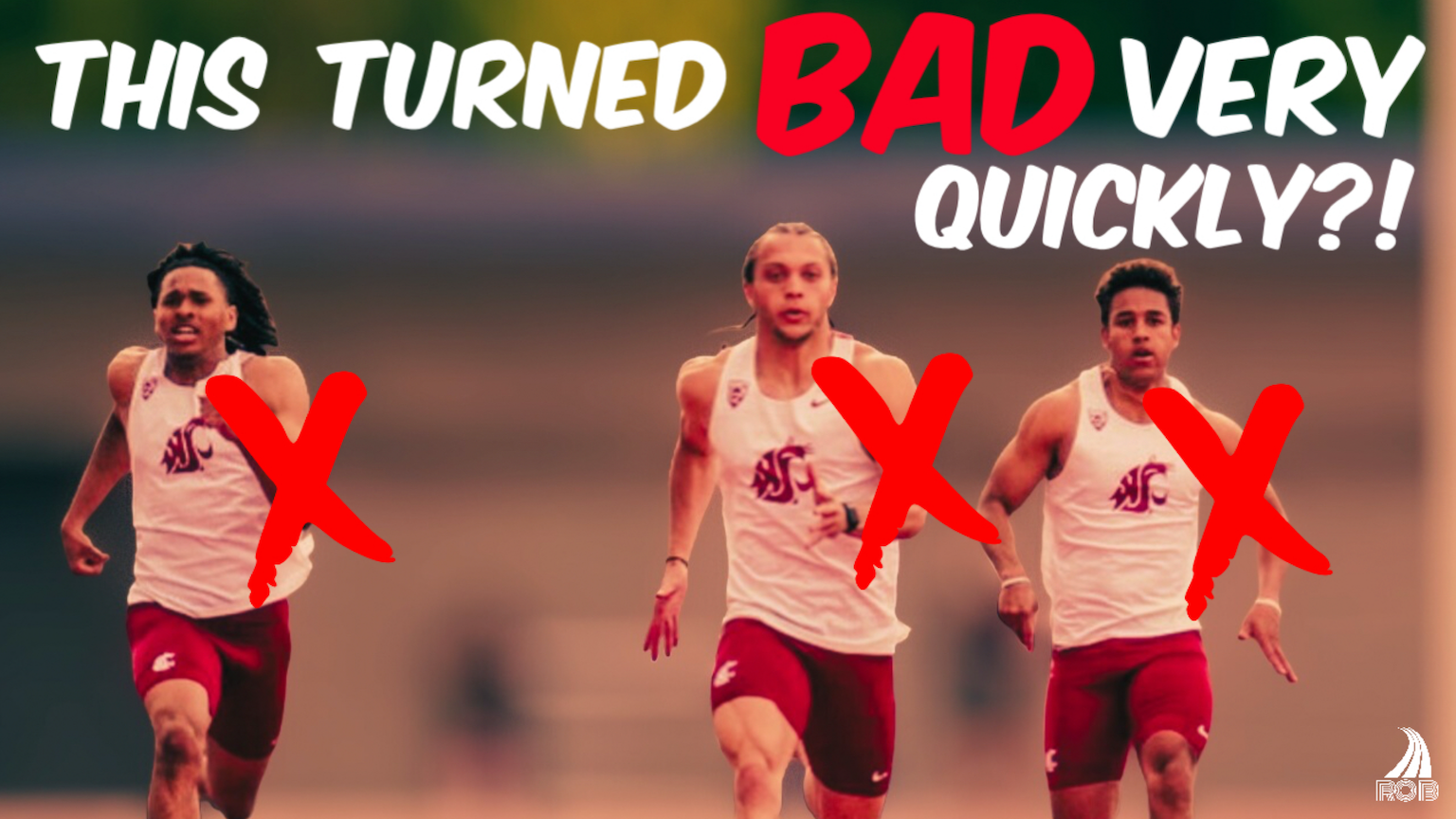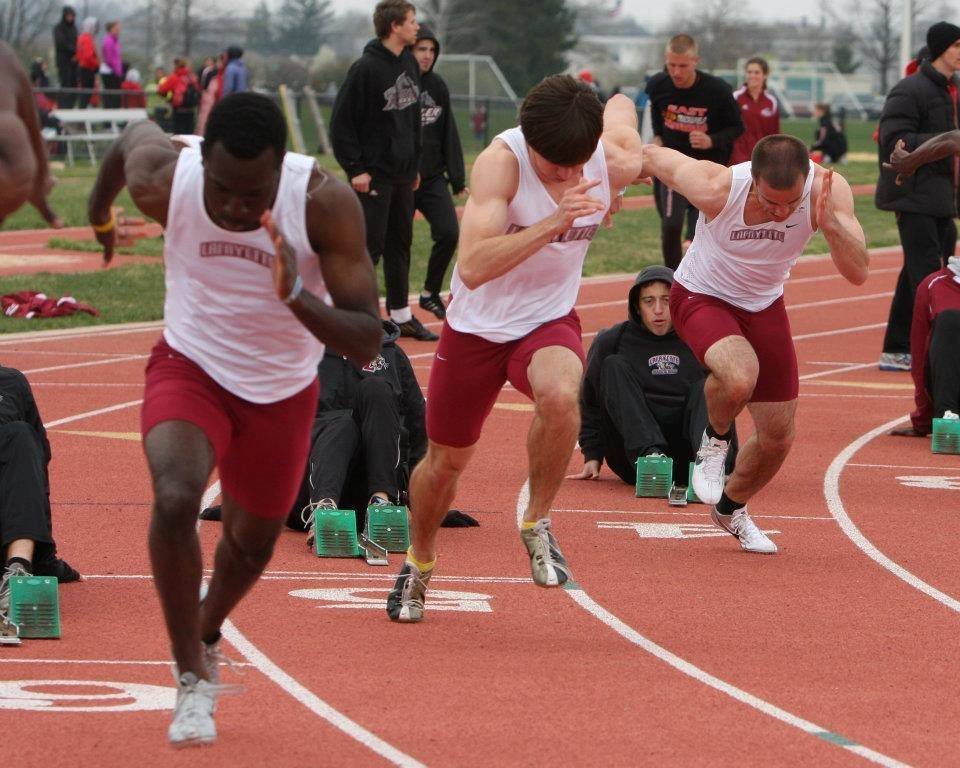
How to get Recruited for College Track and Field
The SEC Indoor MEET showcased why the conference dominates NCAA track and field, with Olympians and top-tier recruits battling for titles. Despite attracting the nation’s fastest high school athletes, freshmen struggle to make an immediate impact in this ultra-competitive environment.
The NCAA transfer portal and new eligibility rules are reshaping college track and field, making it harder for high school athletes to secure Division I scholarships. With coaches increasingly incentivized to pursue transfers, high school aged recruits will have to work even harder to stand out.
Most recruits overlook smaller Division I track and field programs. However, elite talent and top-tier coaching exist across all Division I conferences, with smaller programs often excelling in developing athletes. Recruits should consider a broader range of schools to find the best fit for their growth and competitive success.
The top college track and field programs are seeking elite athletes who can compete on a global level. To get recruited in Division I, especially in Power conferences, athletes must perform in national high school championships, rank on leaderboards, and compete against both U.S. and international talent.
Track and field recruiting has had a big problem for years. There were no legitimate recruit rankings to use. As a result recruits were easily taken advantage of in the process.
The truth without photoshop is that track and field recruiting is entirely broken. But there is a solution to get you more D1 college offers, because you can still manipulate the game to your advantage.
The politics of recruiting don’t actually matter, even if you want to go D1. Because you can still get recruited by a coach who really wants you on their team if you want to using these tips.
You should not ignore D3 track and field! Because the athletes at that level are way better than you think. If you are serious about getting recruited for track and field, Division 3 might be the best place for you to do it.
The truth about track and field at the college level is that if you don’t make the finals, you might as well have never showed up to the meet in the first place. That is why coaches recruit athletes who prove they can do it.
in order to get recruited Division 1 in track and field, you have to be talented enough to do it. However, it also never occurs to anyone that it might not be at all how you thought it would be.
it is a bad decision to wait until your senior year to try to impress college coaches in recruiting. It likely won’t make a difference in helping you get a scholarship offer, and this is the real reason why.
To get recruited for college track and field, you must know the truth about what every college coach is really looking for. It’s something not every athlete is willing to do, and many quit as a result.
Believe it or not, cross country runners are actually the true stars of college track and field. And if you have the potential to develop into a quality Cross Country runner, it is your best bet at earning an all elusive track and field scholarship in college.
The truth is that division 1 sprinting is not exactly what it seems, and anyone in any uniform is a threat to win, in any race.

The Truth about College Track and Field
College track & field is loaded with talent, yet structurally broken. From missing schedules to meaningless regular-season meets, program underfunding, NIL inequality, and a collapsing fan base, here’s why NCAA track is struggling — and what must change.
College track and field programs are at serious risk as NCAA Division I shifts toward revenue sharing, primarily benefiting football and basketball. With schools cutting budgets and Olympic sports offering little financial return, track and field teams are often the first to face defunding or elimination.
After the NCAA’s landmark revenue sharing settlement, the future for college track and field is uncertain. How will rising football budgets, and added financial pressure impact opportunities within the sport? Unfortunately, the impact seems like it will do more harm than good to the sport.
The SEC Indoor MEET showcased why the conference dominates NCAA track and field, with Olympians and top-tier recruits battling for titles. Despite attracting the nation’s fastest high school athletes, freshmen struggle to make an immediate impact in this ultra-competitive environment.
College sports is at a turning point as NIL deals and revenue-sharing blur the line between amateur and professional athletics. With financial pressures threatening non-revenue sports, a professional model—where athletes receive salaries, sign contracts, and enter free agency—may ironically be the only way to sustain programs like track and field.
The NCAA transfer portal and new eligibility rules are reshaping college track and field, making it harder for high school athletes to secure Division I scholarships. With coaches increasingly incentivized to pursue transfers, high school aged recruits will have to work even harder to stand out.
NIL is redefining athlete sponsorship, but it has had a unique impact on track and field. Elite athletes like Quincy Wilson now have new financial opportunities. But the impact for the majority of college track athletes is much more limited.
The new NCAA revenue share model puts pressure on track and field to change. With reduced roster sizes coming in 2025 a new competitive model seems necessary. A revamped model that streamlines meets and emphasizes team success could potentially attract tv coverage, appeal to new fans, and save programs that are at risk of elimination.
College track and field is facing an existential crisis, with shrinking budgets, reduced scholarships, and program eliminations threatening its future. According to the USTFCCCA CEO, the sport must innovate or risk elimination.
The Florida Gators dominate Division I men’s track and field with multiple national titles, but D2 Pittsburgh State and D3 UW-La Crosse could challenge their supremacy. By comparing top performances across NCAA divisions, this analysis suggests that depth across all events—not just elite individual talent—defines the best college track and field team.
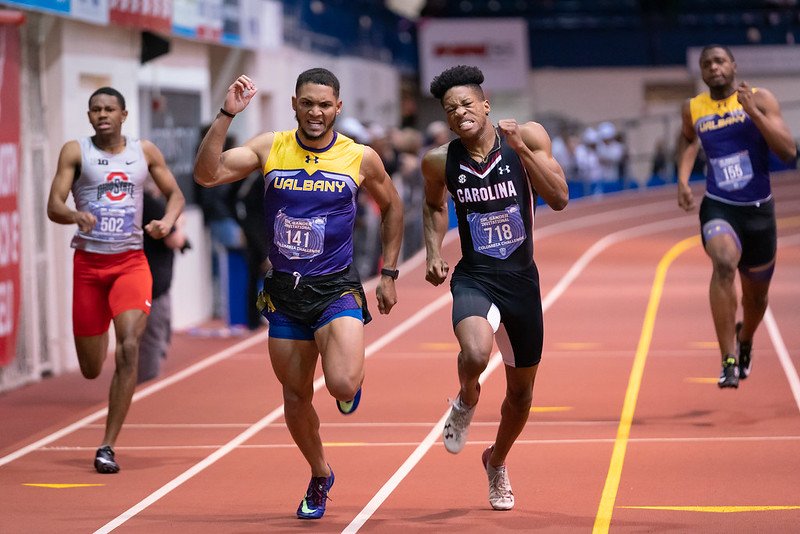
DON’T GO UNDER-RECRUITED!
Use my FREE recruitment guide to get templates, checklists, and answers to all of your recruiting questions.
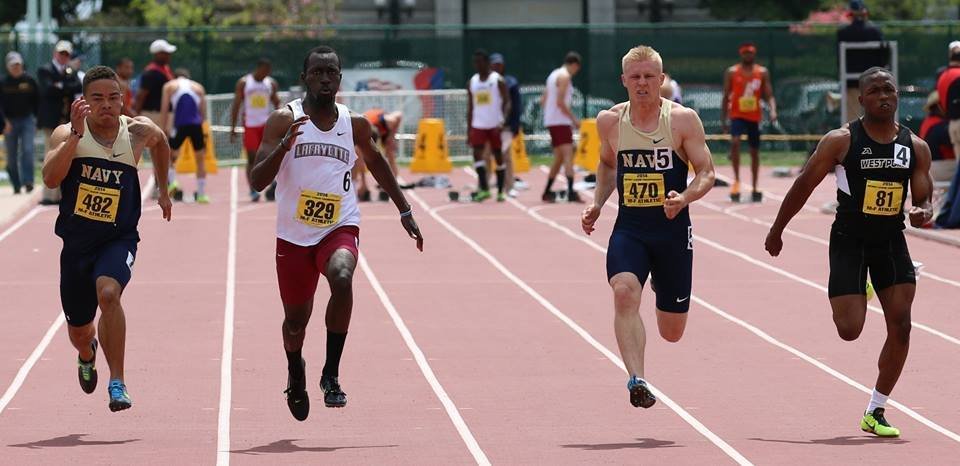
MEET WITH COACH ROB

Book a ZOOM meeting with me, Coach Rob. The time is yours to get all of your recruiting questions answered. Do not go under-recruited, and you won’t if I can help it.


